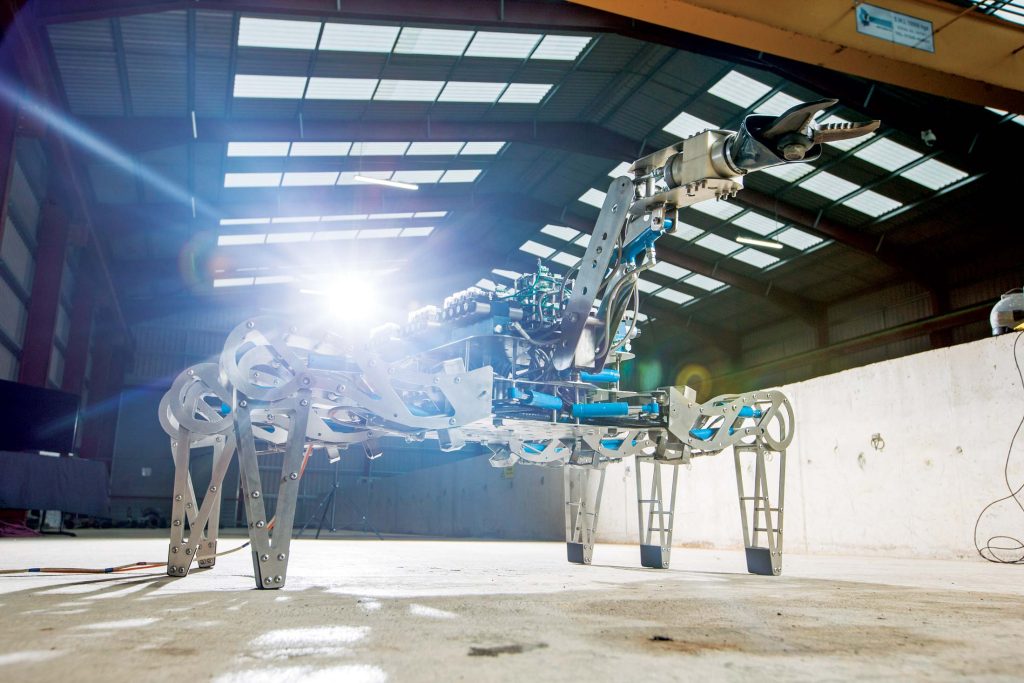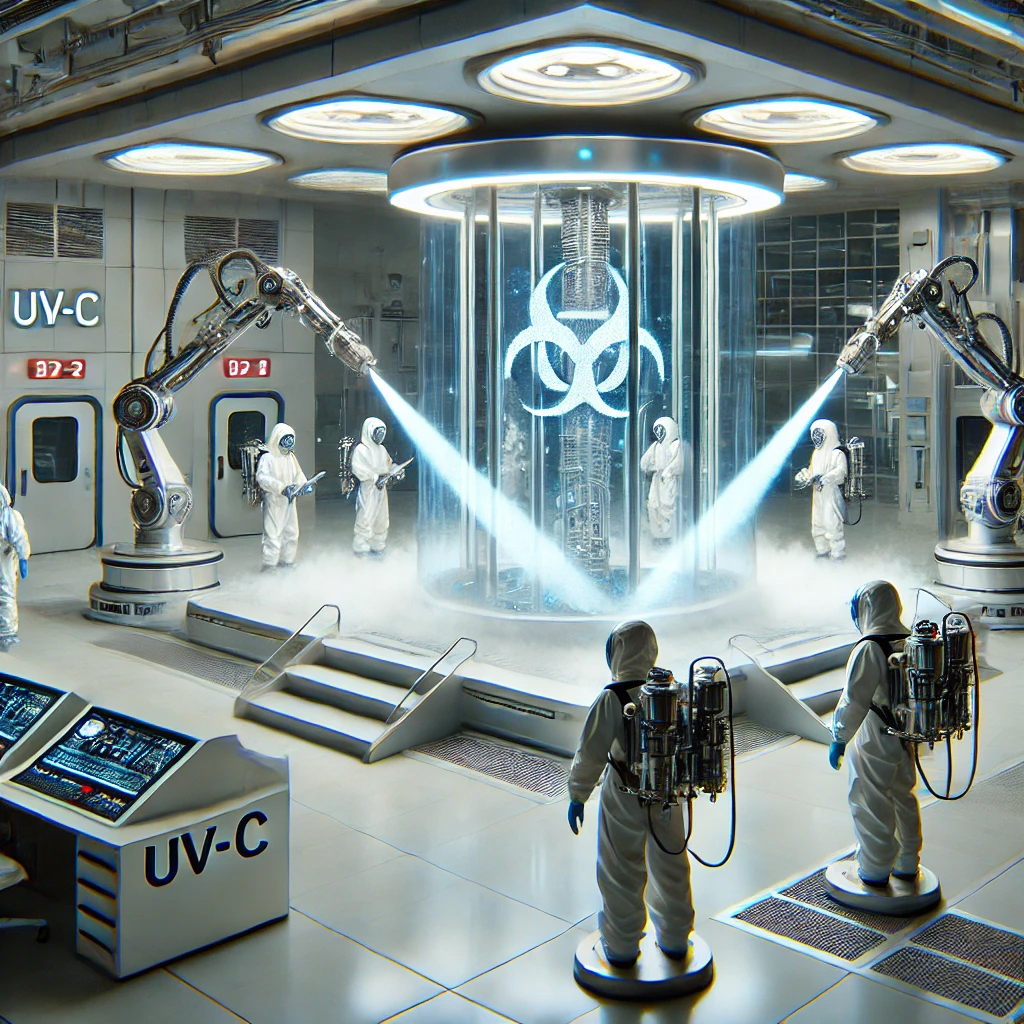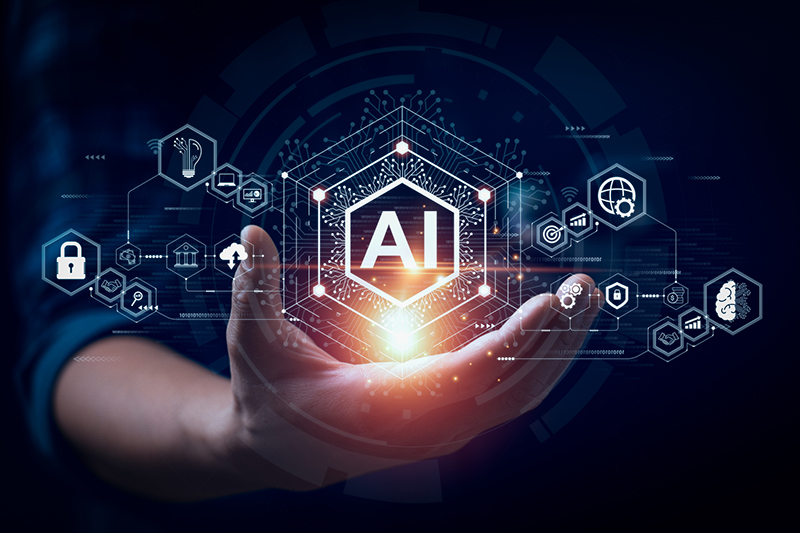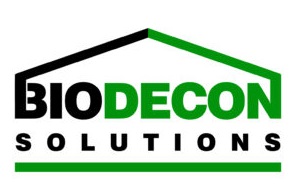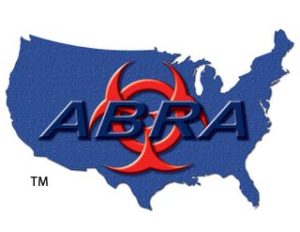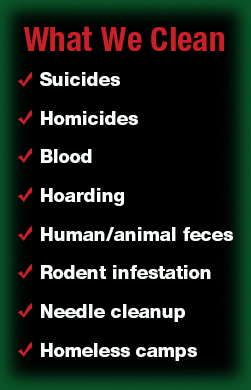The biohazard clean-up industry is evolving rapidly, driven by advancements in technology and science. As the need for specialized cleaning solutions grows, biohazard response teams are embracing new tools, methodologies, and equipment that enhance the safety and efficiency of the cleanup process. Biohazard cleanup involves the careful removal, decontamination, and disposal of hazardous materials that pose a serious risk to human health and the environment. From crime scene clean-ups to medical facility decontamination, the industry’s growth has been fueled by the introduction of innovative solutions designed to address the complexities of biohazard situations.
As the industry evolves, companies like Bio Decon Solutions are at the forefront, providing cutting-edge services that meet the growing demands for biohazard remediation. This article examines the key innovations that are reshaping the biohazard cleanup industry, and how these advancements contribute to a safer, more efficient process.
Advanced Decontamination Agents: A Game Changer
The use of traditional cleaning agents for biohazard remediation is becoming less common as new, advanced decontamination agents are introduced. These agents are specifically designed to tackle a wide range of biological contaminants, including bacteria, viruses, bloodborne pathogens, and fungi. The effectiveness of these agents lies in their ability to break down the molecular structure of harmful pathogens, rendering them inactive without causing damage to surfaces.
Innovations in these decontamination agents have led to the development of more eco-friendly options that are safe for both the environment and the individuals conducting the cleanup. Companies like Bio Decon Solutions prioritize green cleaning methods, ensuring that harmful chemicals are kept to a minimum while still providing optimal results.
Some of the most notable advancements in decontamination technology include:
- Hydrogen Peroxide Vapor: Used to disinfect large areas and hard-to-reach spaces, hydrogen peroxide vapor is an efficient way to sanitize contaminated areas, eliminating pathogens with minimal residue.
- Enzyme-Based Cleaners: These cleaners use natural enzymes to break down organic matter such as blood, tissue, and bodily fluids. They are an eco-friendly alternative to chemical-based cleaners, offering a safe solution for both workers and the environment.
- Electrostatic Sprayers: These sprayers release a fine mist of disinfectant, which adheres to surfaces more effectively, ensuring better coverage in complex environments. This technology is particularly beneficial in crime scene clean-ups and medical facilities.
By integrating advanced decontamination agents into their operations, biohazard clean-up companies can ensure that they are providing thorough, reliable, and safe services.
Robotics and Drones: Precision in Biohazard Remediation
Another area of innovation in biohazard clean-up is the incorporation of robotics and drones. These technologies are particularly useful in environments where human exposure to contaminants would be hazardous, such as in bio-terrorism response situations or hazardous material spills.
Robotics play a crucial role in performing tasks such as cleaning, disinfection, and waste removal. These machines can navigate hazardous environments and handle dangerous materials, minimizing human exposure to biohazards. Additionally, robots can be programmed to perform repetitive tasks efficiently, increasing the speed and accuracy of the cleanup process.
Drones, on the other hand, provide a bird’s-eye view of contaminated areas, allowing biohazard cleanup teams to assess the situation before deploying human workers. Equipped with high-resolution cameras, drones can detect potential hotspots and allow teams to plan their approach with greater precision. This technology also allows for remote monitoring, providing real-time data on the progress of the clean-up.
Wearable Technology: Enhancing Safety and Efficiency
Personal protective equipment (PPE) is essential for ensuring the safety of biohazard remediation workers. However, as the scope of biohazard cleanups becomes more complex, there is a growing need for more advanced safety gear. Wearable technology, such as smart PPE, is helping to address this challenge by offering real-time monitoring of environmental conditions, such as air quality and temperature.
Some smart PPE systems are equipped with sensors that monitor the concentration of harmful pathogens, providing instant feedback to workers and alerting them to potential risks. This technology helps mitigate the danger of exposure to hazardous substances, allowing for quicker response times and improved worker safety.
Moreover, wearable devices can also track workers’ vital signs, such as heart rate, blood pressure, and body temperature. This data can be used to ensure that workers are not overexerting themselves in hazardous conditions and are staying within safe operational limits.
High-Efficiency Cleaning Equipment
The biohazard clean-up industry has also seen advancements in cleaning equipment. High-efficiency cleaning tools are now able to remove biological contaminants with greater precision and speed. Pressure washers, industrial vacuums, and specialized cleaning systems are designed to work more efficiently, reducing the time required for cleanup while maintaining high standards of hygiene.
Some of the most notable innovations include:
- UV-C Light Technology: UV-C light has been proven to effectively kill harmful microorganisms, including bacteria and viruses, by disrupting their DNA. Portable UV-C lights can be used in a variety of settings, including medical facilities, crime scenes, and industrial spaces.
- Self-Cleaning Surface Materials: New materials that have self-sanitizing properties are being integrated into the surfaces of cleaning equipment. These materials are designed to resist the buildup of harmful pathogens, ensuring that cleaning equipment remains safe and effective throughout the duration of a cleanup.
Data Analytics and AI: Optimizing Biohazard Remediation
One of the most exciting areas of innovation is the use of data analytics and artificial intelligence (AI) to optimize biohazard cleanup efforts. By leveraging big data, AI algorithms can analyze past clean-up operations, identify trends, and provide actionable insights that can improve future response times and effectiveness.
For example, AI-powered software can predict potential risks based on historical data, enabling biohazard remediation teams to anticipate problem areas and adjust their approach accordingly. Additionally, AI can be used to monitor the condition of the environment during a cleanup, ensuring that all necessary steps are taken to fully decontaminate an area.
The Role of Bio Decon Solutions in Advancing Biohazard Clean-Up
As the biohazard clean-up industry continues to evolve, companies like Bio Decon Solutions are leading the way in implementing these innovative technologies. Bio Decon Solutions is committed to providing the highest quality biohazard remediation services, using advanced tools and techniques to ensure thorough decontamination and worker safety.
With a focus on professionalism, discretion, and efficiency, Bio Decon Solutions continues to set the standard for excellence in the biohazard cleanup industry. Bio Decon Solutions is helping to create a safer environment for individuals and communities.
In conclusion, the biohazard cleanup industry is undergoing a significant transformation thanks to emerging technologies and methods. From advanced decontamination agents to wearable technology, these innovations are improving the speed, safety, and efficiency of cleanup operations. As the industry continues to evolve, companies like Bio Decon Solutions are leading the way by embracing cutting-edge technologies to provide the best possible service for their clients.
For those seeking reliable biohazard remediation services, Bio Decon Solutions offers a comprehensive range of solutions designed to meet the unique challenges posed by biohazard cleanup. Whether you’re dealing with a crime scene or any other biohazard situation, their team is equipped with the expertise and tools needed to get the job done safely and effectively. Contact us today!


